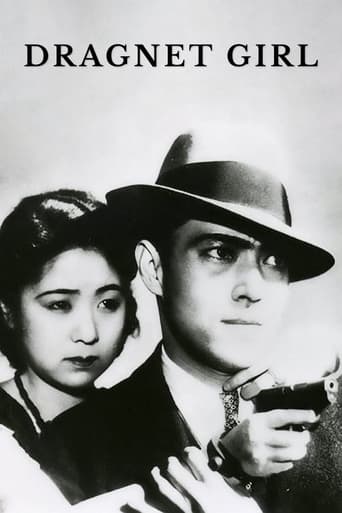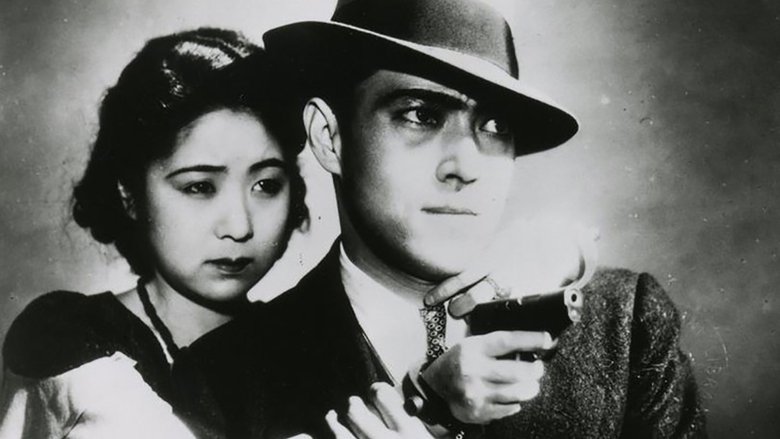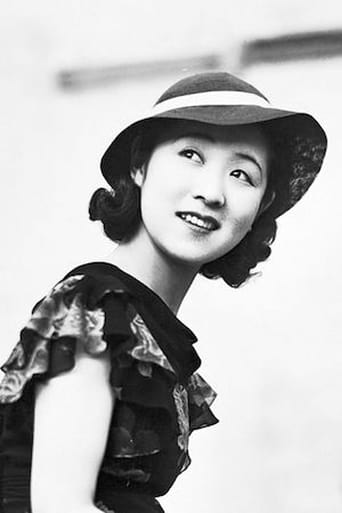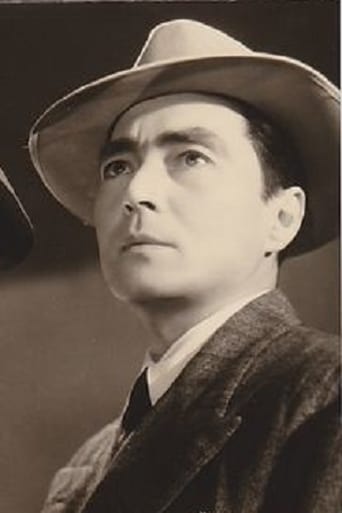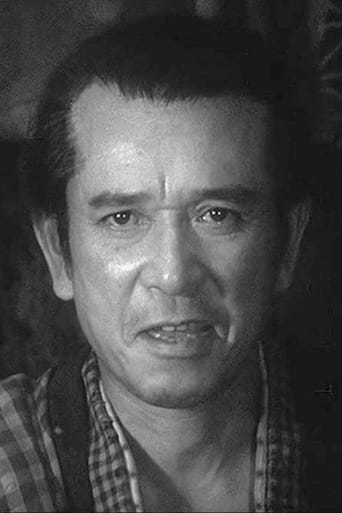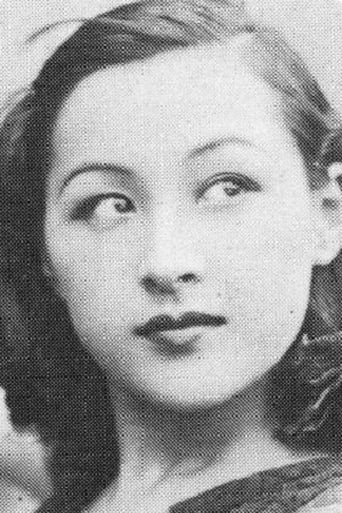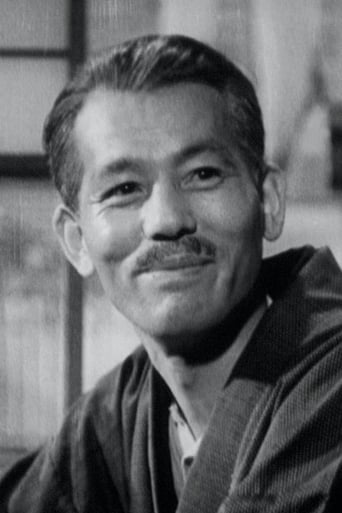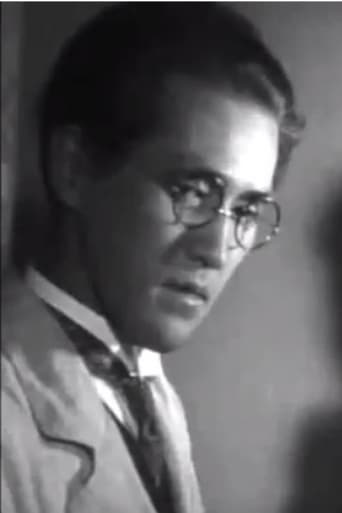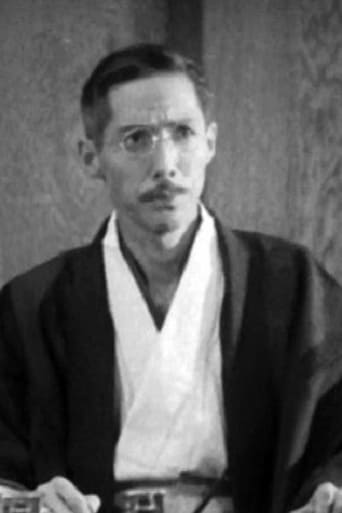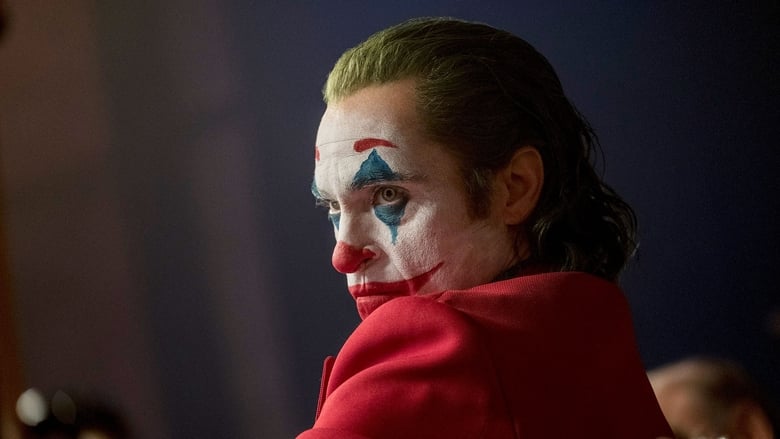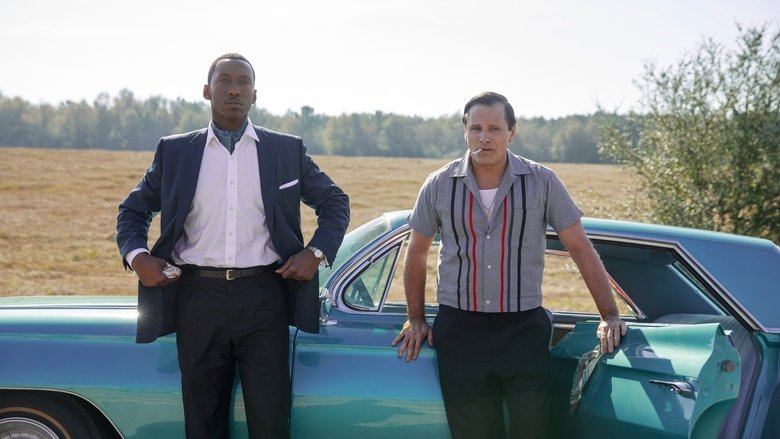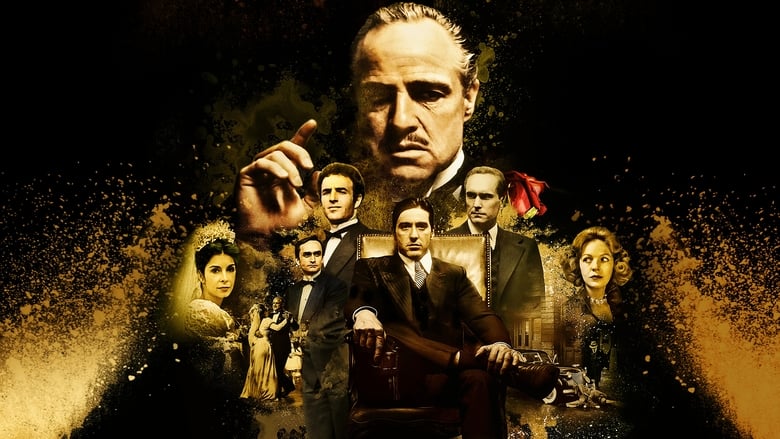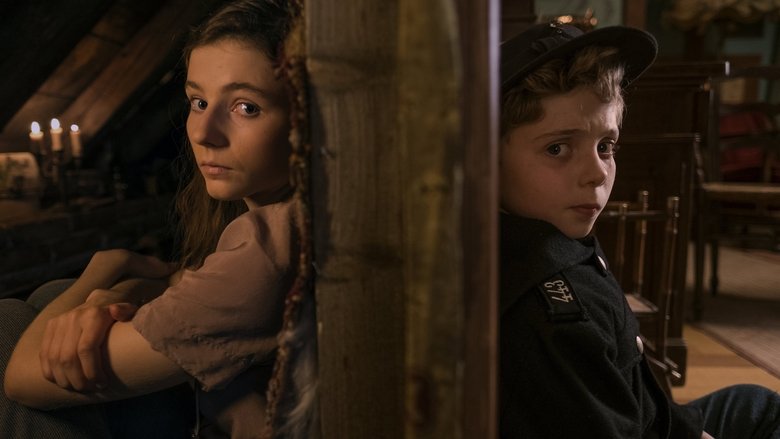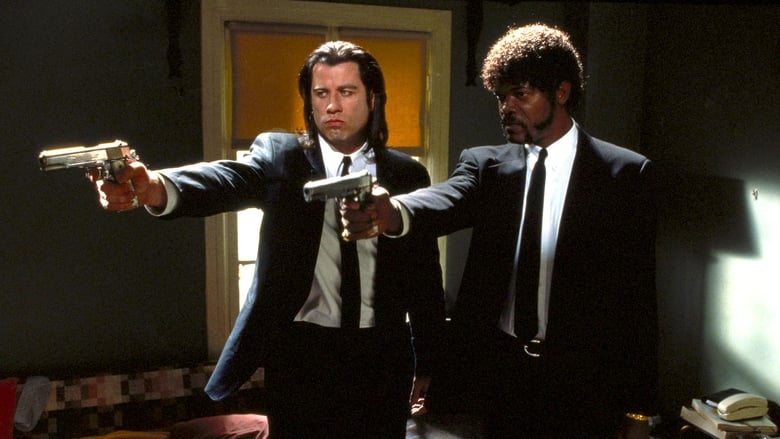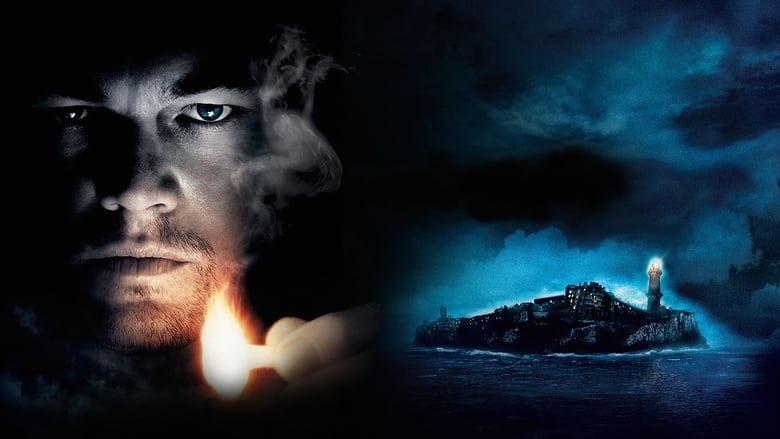A gangster tries to find redemption with the inadvertent help of an innocent shop girl and his jealous girlfriend will do anything to keep him.


Reviews
A gangster with feelings, mirrored in the young boxer who is eager to drop out of school to join the gang: boyish impertinence and bravado in this part, a recalcitrant code of honor among thieves, the common tropes of the gangster film.The boxer's quiet, unassuming sister, mirrored in the gangster's moll who gradually opts out of the glamorous life in favor of true happiness: deep female selfless intuition, enduring, indomitable caring.The four of them are intertwined in a dance between many different faces for the one life - all of them fit but some make you agonize. The whole plays out like a response to Sternberg's Underworld, a prototypical gangster film that culminated in a similarly sacrificial denouement. As is common with these films, having experienced the thrills of an outcast life, we're meant to leave the theater rehabilitated into common social mind.This is fine and the film generally slick and efficient, but I want to direct your attention to these specifics.one is the shot of a chrome plate from inside a moving car, that reflects distortions of the surrounding world as the car speeds ahead. This encapsulates both cinematic eye and internal mind, modern and anxious, that give rise both to events depicted and the type of film that frames them.the other is the series of static shots that end the film, with cops signaling each to each that the chase is over and departing and the quiet interior of the empty house greeting the first morning light. Now Ozu's journey is from superficial Western adoration (except for the sister everyone is dressed in western garb here, the brother has taken up boxing, the whole recalls Western film above all) onto a discovery of a contemplative Japanese heart. The transition is vividly exemplified here: from the neon marquees of tumultuous movie night into the stillness of morning. We'll see a lot more of this in the future.
Talking pictures came relatively late to Japan: it would be 1930 before a feature-length Japanese talkie was released, and silent films continued to be produced throughout the decade. Yasujiro Ozu's 1933 drama Dragnet Girl (Hijosen no onna, is no exception: in fact, it doesn't even feature a musical score. Dragnet Girl's power, however, derives from its consistently stunning imagery and distinctive mise-en-scène. Music and dialogue are definitely surplus to requirements.The story revolves around Joji (Joji Oka), a washed-up boxer turned hoodlum. Joji's former glory and current infamy has won him an admirer in the form of impressionable young 'Lefty' Hiroshi (Koji Mitsui), who has abandoned his studies and taken up smoking and snooker in order to emulate and ingratiate himself with his hero.Hiroshi's foolish lifestyle choices have upset sister Kazuko (Sumiko Mizukubo, only 16 at the time), a record store employee who opts for traditional kimonos and get-a instead of pencil skirts and high heels. Kazuko appeals to Joji, asking for his help in convincing her brother to straighten up and fly right.Her visit does not sit well with Joji's ultra-modern girlfriend, office girl Tokiko (Ugestu's Kinuyo Tanaka), who immediately senses competition. The jealous Tokiko, however, is not entirely faithful either: she's recently accepted a ring from her boss's son, who's clearly interested in her for reasons unrelated to her skills as a typist. Can Tokiko fend off his advances and keep her man away from Kazuko, or is a tragic ending inevitable? Dragnet Girl stands in stark contrast to Ozu's lighter family-oriented fare of the period (Tokyo Story; I Was Born, but ). It's been suggested that Ozu could have carved out a significant career as a noir stylist; based on the evidence herein, that's likely true.Elements of the classic film noir — a trapped hero, the interplay of light and shadow, the smothering atmosphere of a big city — abound. Dragnet Girl's world is one where smoky pool halls and boxing clubs sit on every corner, and where the printed English language is oddly ubiquitous (boxing, the walls tell us, is "the manly art of self defense", and signs advise pool players not to drop cigarette ash on the tables). Lucky Strike cigarettes and Nipper the RCA dog are also featured.In fact, Dragnet Girl could be set in any large American city's Little Tokyo. Whether or not this was Ozu's intent — or whether the director was merely acknowledging the influence of the American gangster film — I don't know. There may be a simpler explanation: the film is set in the port city of Yokohama. Perhaps those pool halls and boxing clubs were built with American sailors in mind.Cinematographer Hideo Shigehara bolsters Ozu's story with fluid camera work and an impressive mastery of deep focus. Space, structure, and inanimate objects (including clocks, scales, boxing gloves, gymnastic rings, and a very suggestive pool cue) are prominent features of Shigehara's work. Scenes in Tokiko's office echo King Vidor's The Crowd (1928), while some exteriors anticipate Alain Resnais' Last Year at Marienbad (L'année dernière à Marienbad, 1961).Not until the advent of the post-war yakuza genre — pioneered by Akira Kurosawa in such films as Stray Dog (Nora Inu, 1949), and further developed by directors such as Seijun Suzuki and Yasuzo Masumura — would gangsters again assume such prominence in Japanese cinema. This is where it all began, but Dragnet Girl is much more than a yakuza potboiler: it's simply one of the best silent films you'll ever see.
Josef von Sternberg doesn't get as much mention as Frank Borzage or Ernst Lubitsch as an early Ozu influence, but those familiar with the dense arrangement of objects onscreen in Sternberg films may see the resemblance in both early and late Ozu films. This moody, expressionist pre-noir potboiler exhibits plenty of inspired clutter (most memorably the RCA Victor dog) and stylistic fluorishes (tracking shots, pull shots, and memorable use of shadow) as it tells the story of a gangster and his good-girl-gone-bad moll (Kinuyo Tanaka) as they experience an spiritual awakening through the good graces of an innocent girl. Redemption seems to be a recurring motif in Ozu's gangster movies (WALK CHEEFULLY, THAT NIGHT'S WIFE), and one wonders if bad guy heroes turning themselves in is a convention of the genre or indicative of Ozu's feelings about the criminal life he was assigned to depict. Whatever the case, the climax (involving the single gunshot fired in the entire existing Ozu canon) is as suspenseful and emotionally powerful as anything Ozu filmed.
ozu's ultimate triumph of style over substance, a slick gangster/juvenile delinquency picture starring a very young kinuyo tanaka. tanaka's the girl who's an office worker whose boss has a fondness for sexual harassment (in many ways it's a similar role to the one isuzu yamada played in mizoguchi's "osaka story" a couple years later). she meets and falls for a local thug and they turn to petty crime. from what i've read ozu barely remembers this one, one of the many potboilers he churned out in the 20s and 30s, but it still shows he had fun making it. the film may come as a shock to those who are used to the rather static camerawork of ozu's later films - lots of cool dollies, lush photography, great noir-ish lighting, and a meticulous attention to minor detail. ozu's primary influence at this point in his career seems to be joseph von sternberg, there's an extraordinary amount of clutter in almost every frame (look at the later films and you'll see that sternberg's one of the few western influences ozu never quite discarded). still, lots of "pillow shots," direct closeups, along with some low-level shots for those who like to point out that ozu only ever had one camera position. great fun, even if it is silent and i can't read japanese intertitles (a subplot about a friend in trouble lost me).
